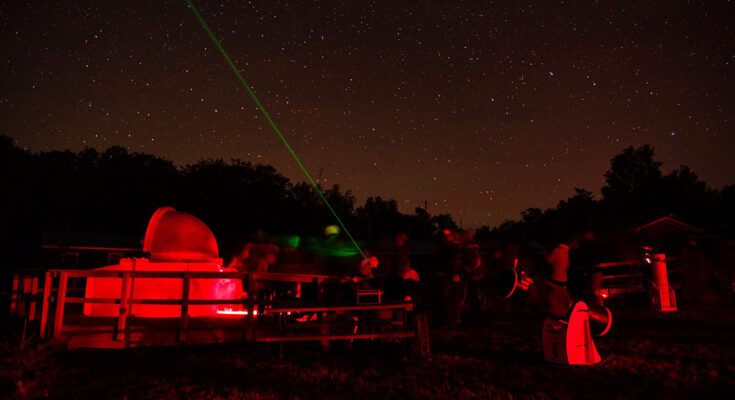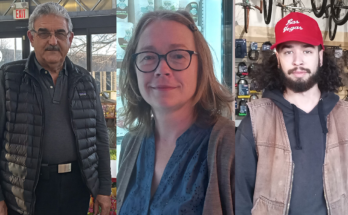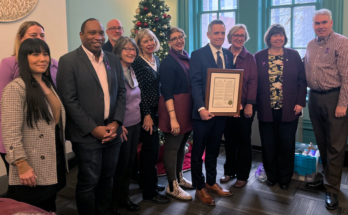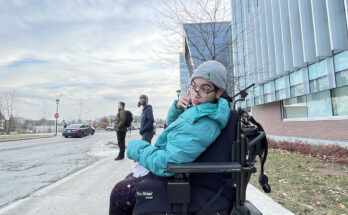Before European settlers came to Turtle Island, Indigenous groups in the Americas had their own ways of geographical knowledge keeping that included their relationship with the stars and stories about each constellation.
Star stories were passed down orally through generations providing instructions to future generations about the origins of creation, the timing of the seasons, when to hunt and more.
“If you want to understand Indigenous peoples, you need to know the geography,” says Will Morin, an Anishinaabe astronomy knowledge keeper from Michipicoten First Nation. “My elders speak of Indigenous knowledge as human knowledge and if I went to Africa and spoke with Indigenous tribes, their knowledge would be Indigenous knowledge from their geography.”
Recognition of Indigenous astronomy has grown in recent years as Indigenous people reconnect with their cultures and learn about Indigenous constellation stories. Through learning about these stories, they hope to revive Indigenous culture and languages to be able to share with future generations.
When European settlers arrived in the Americas, they imposed their own ideologies on the land including their astronomy, disregarding the star stories that Indigenous people had told for over 10,000 years that were sensitive to their geographical location and ecosystem.
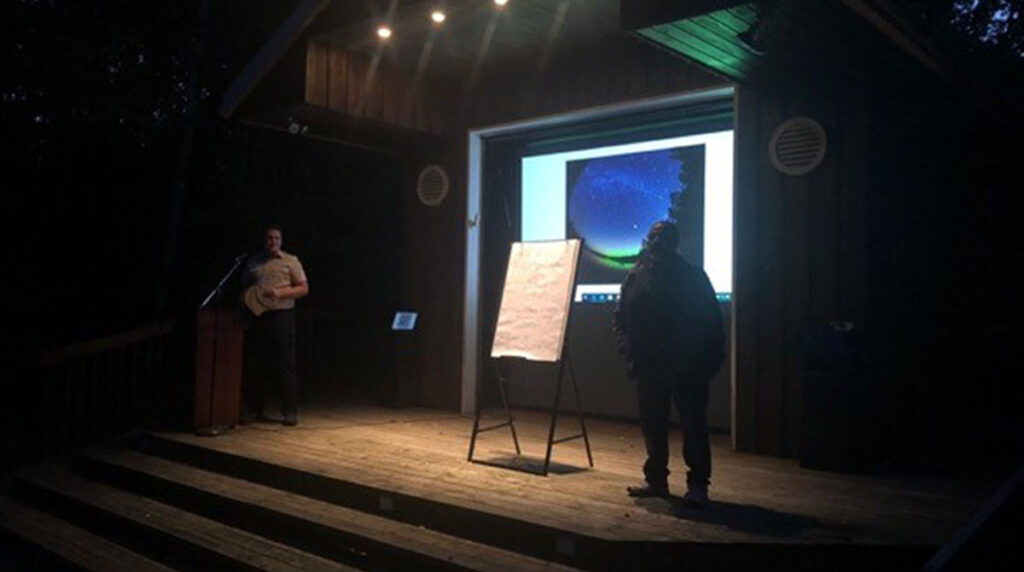
Repression of Indigenous teachings has had dire consequences for the natural environment and the wellbeing of other species that live alongside humans in the Americas, says Morin.
“There are multiple examples right across the Americas of Indigenous tribes, but also other Indigenous tribes in Africa, Australia and Asia, where there is old knowledge that has been the guide and the instrument of the value systems of many of these peoples, but has been oppressed for generations now,” Morin says. “And some of that knowledge is getting lost. So both non-Indigenous and Indigenous peoples are suffering.”
A prime example is climate change. Many Indigenous constellations stories teach humans how to live alongside other species to ensure the wellbeing of the natural world. However, Morin says that settlers have mostly dismissed Indigenous knowledge as primitive, believing their ways of knowing are superior.
“It’s a call for humility for the main dominant society to recognize that there are other ways of seeing in this geography called the Americas,” says Morin.
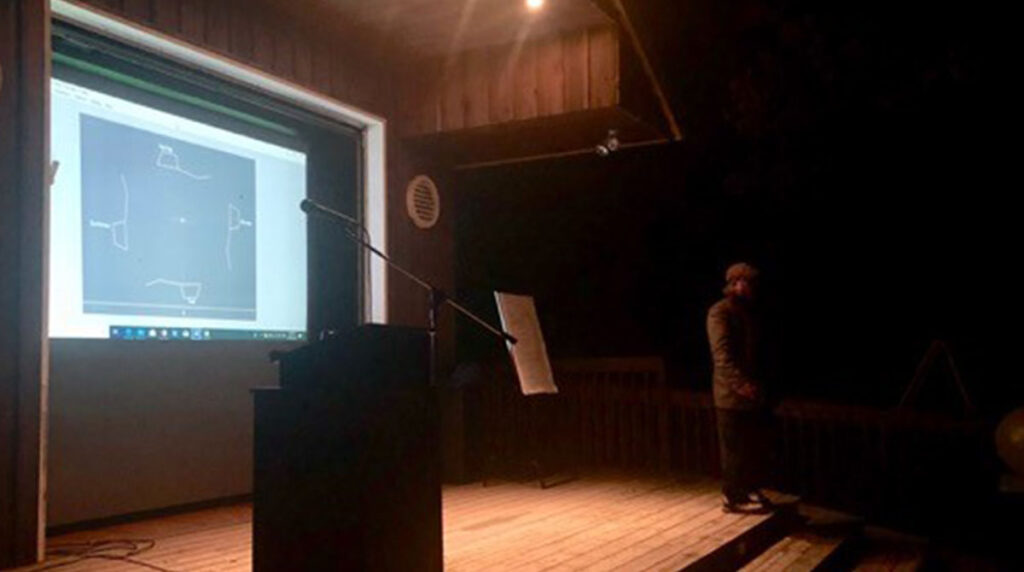
Kahante Horn-Miller, who is Kanien:keha’ka/Mohawk from Kahnawake, says Indigenous cultures are bringing life back to old traditions.
“Colonization has hugely impacted our ability to know our traditions,” says Horn-Miller, an Indigenous studies professor at Carleton University. “We have managed to survive but a lot has been lost. So we’re now in a time of change and revitalization where we are working really hard to bring back our language, our traditions, our culture and help our people survive into the future.”
An important constellation that many Indigenous cultures use throughout the winter is the Pleiades. For both the Anishinaabe and Haudenosaunee, the constellation marks the wintertime and the door to the spiritual world.
For the Anishinaabe, Michael Waasegeiizhig Price explains that the Pleiades is known as the marker for winter in addition to the Bagone-Giizhig hole in the sky which tells their creation story.
He said the universe has four layers: earth, sky, stars and spirit world — all connected by a cedar tree. At the beginning of creation, ancient ancestors climbed down the tree from the spirit world to populate the earth.
Waasegeiizhig Price said that he learned about this story in his 30s after hearing stories from an Anishinaabe elder from Winnipeg.He was raised in Oklahoma with his father’s family, but his mom was Anishinaabe from the Wiikwemkoong First Nation in Manitoulin Island, Ont.
Waasegeiizhig Price came across the story of the hole in the sky when he was trying to figure out what his last name meant. He found that “Waase” meant bright and “geiizhig” meant both sky and cedar tree. At first, he was confused about how “geiizhig” could mean both sky and cedar tree until an elder explained to him that “it goes back to an old creation story we don’t tell anymore, and it talks about how our ancient ancestors came down from the star world,” he said.
“I have a much deeper appreciation of the skies and the cedar tree and the stars just by hearing these couple of stories,” he says.
Samantha Doxtator, Haudenosaunee Oneida, tells the story of the story of seven young men who danced through the doorway to sky world and became the cluster of stars known as the Pleiades.
The men had wanted to have a feast in the forest, but their moms didn’t want them to be taking food into the woods. So the young men said to each other, ‘Don’t worry, we will still dance without our feast,’ and started drumming and dancing with so much energy that they started to lift off the ground. Knowing their mothers would call them home if they looked back, they kept dancing all the way into to the stars.
“Even though there’s some grief in that story, where those parents had to lose their children, those children became a huge marker for our people,” Doxtator says. “They represent the doorway to sky world.”
Doxtator started learning about Haudenosaunee astronomy after her sister, Sasha, who was interested in this research, passed away from cancer in July 2021. She says that continuing Sasha’s work has helped her make peace with her sister’s passing.
“It’s part of my grief recovery, that I can continue my sister’s work,” she says. “In the stars, when we talk about them, we talk about birth and death because stars have that same life cycle. Stars are born, and when a star passes away, it explodes and it turns into dust and it’s called the supernova.”
She says this story has helped her understand that the ceremony of death is just as special as the ceremony of life.
“It’s a reciprocal relationship,” she says. “We come from the stars and then we go back to the stars.”

